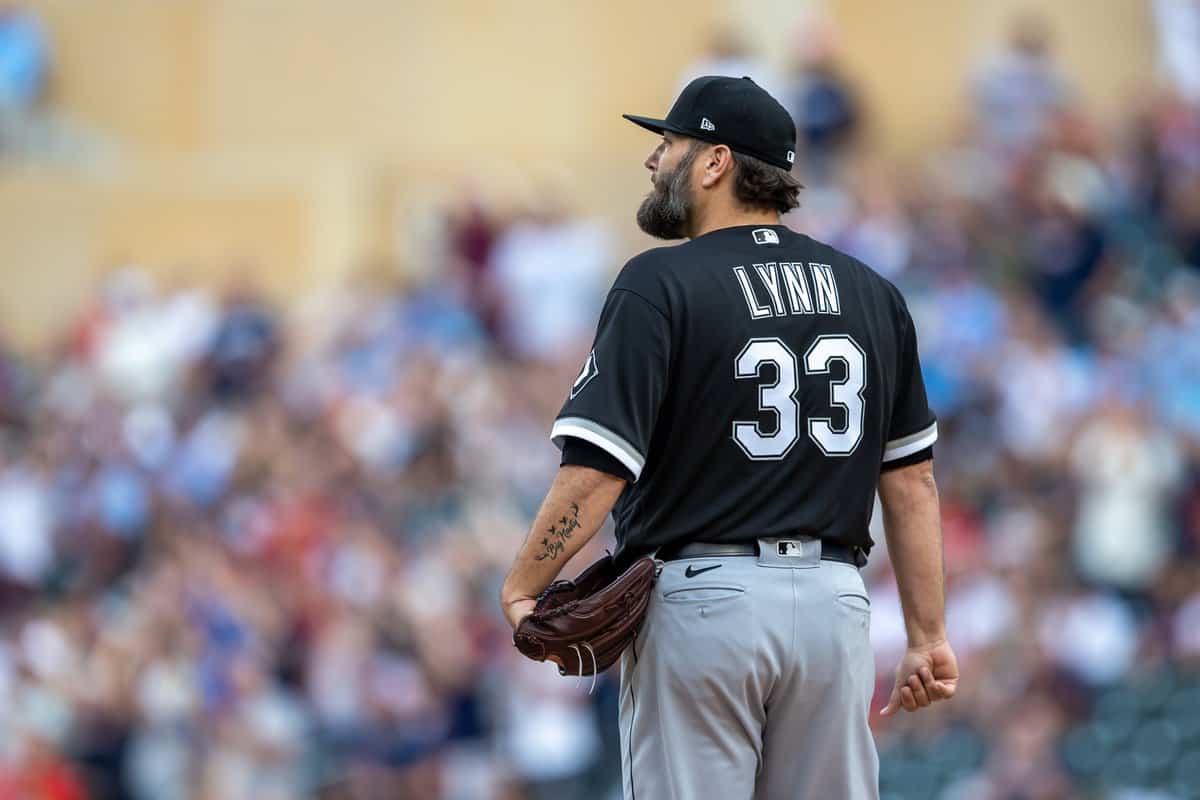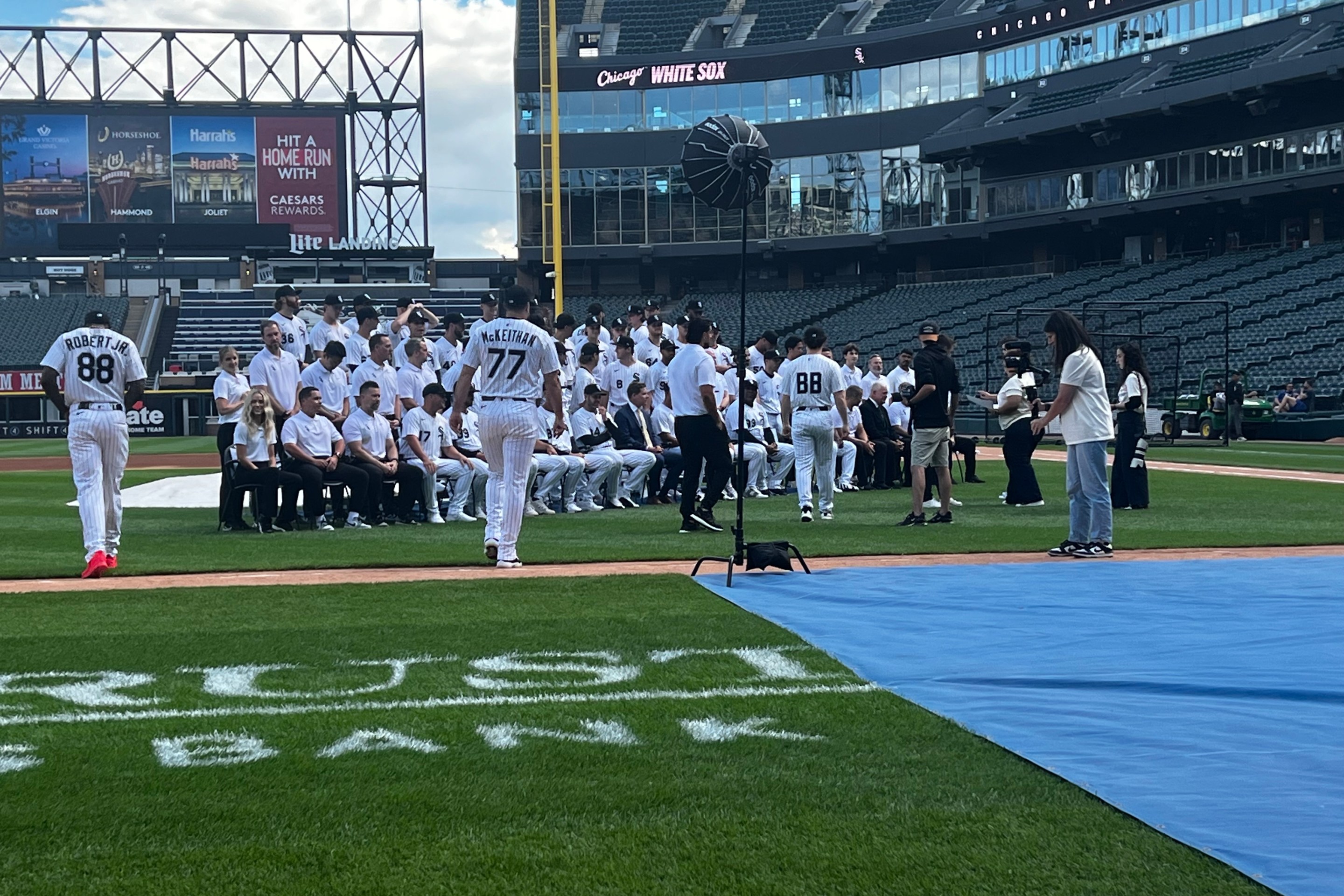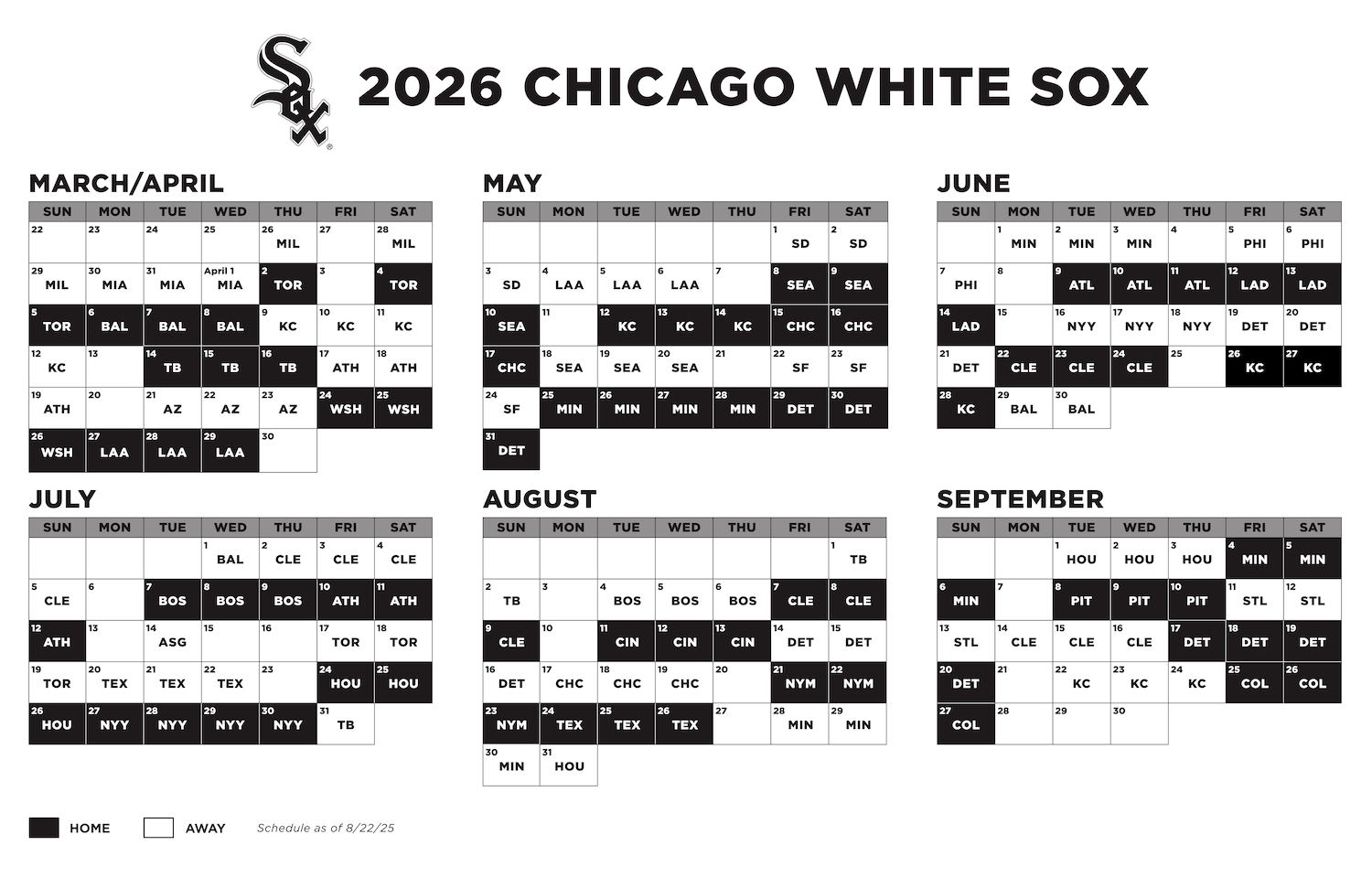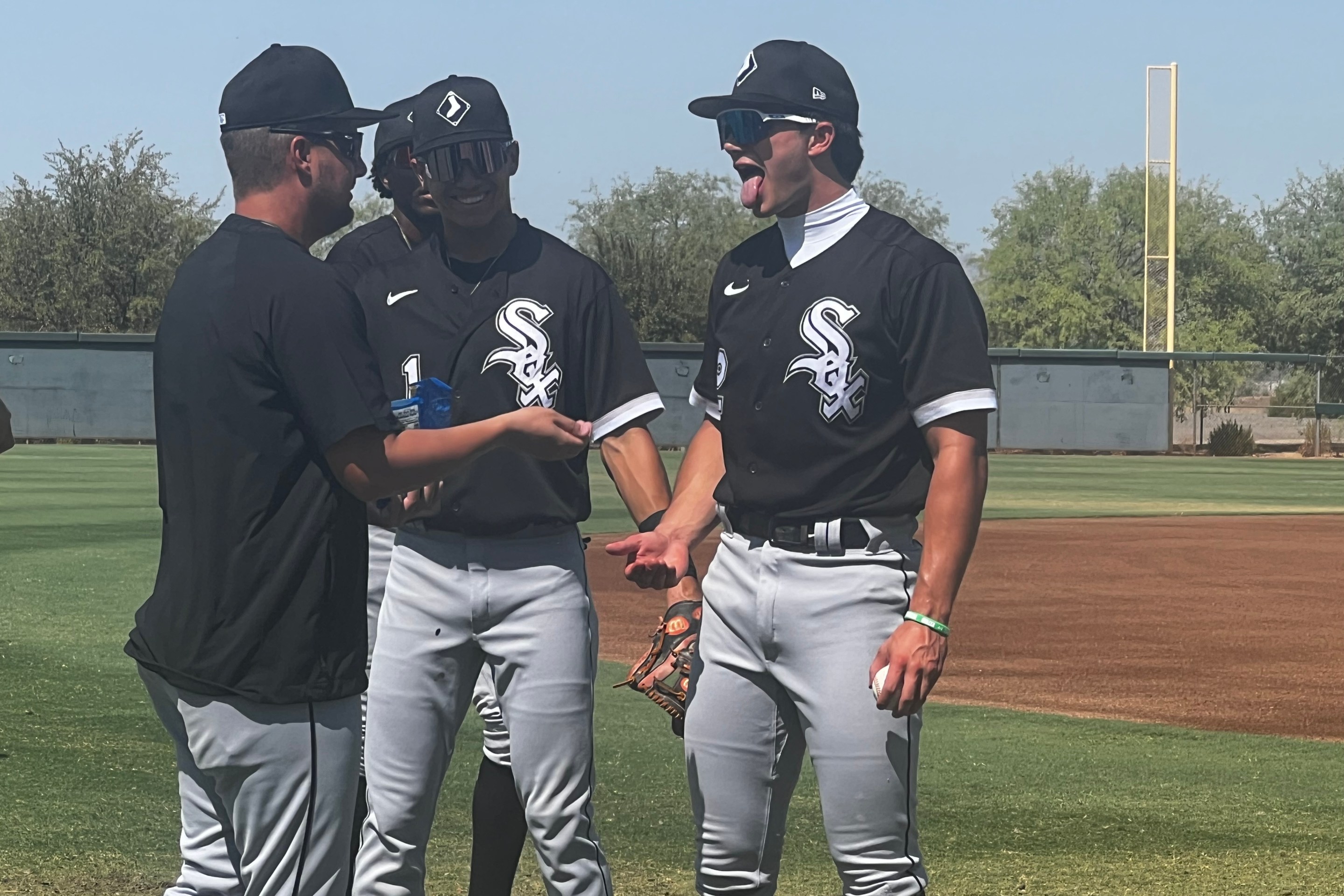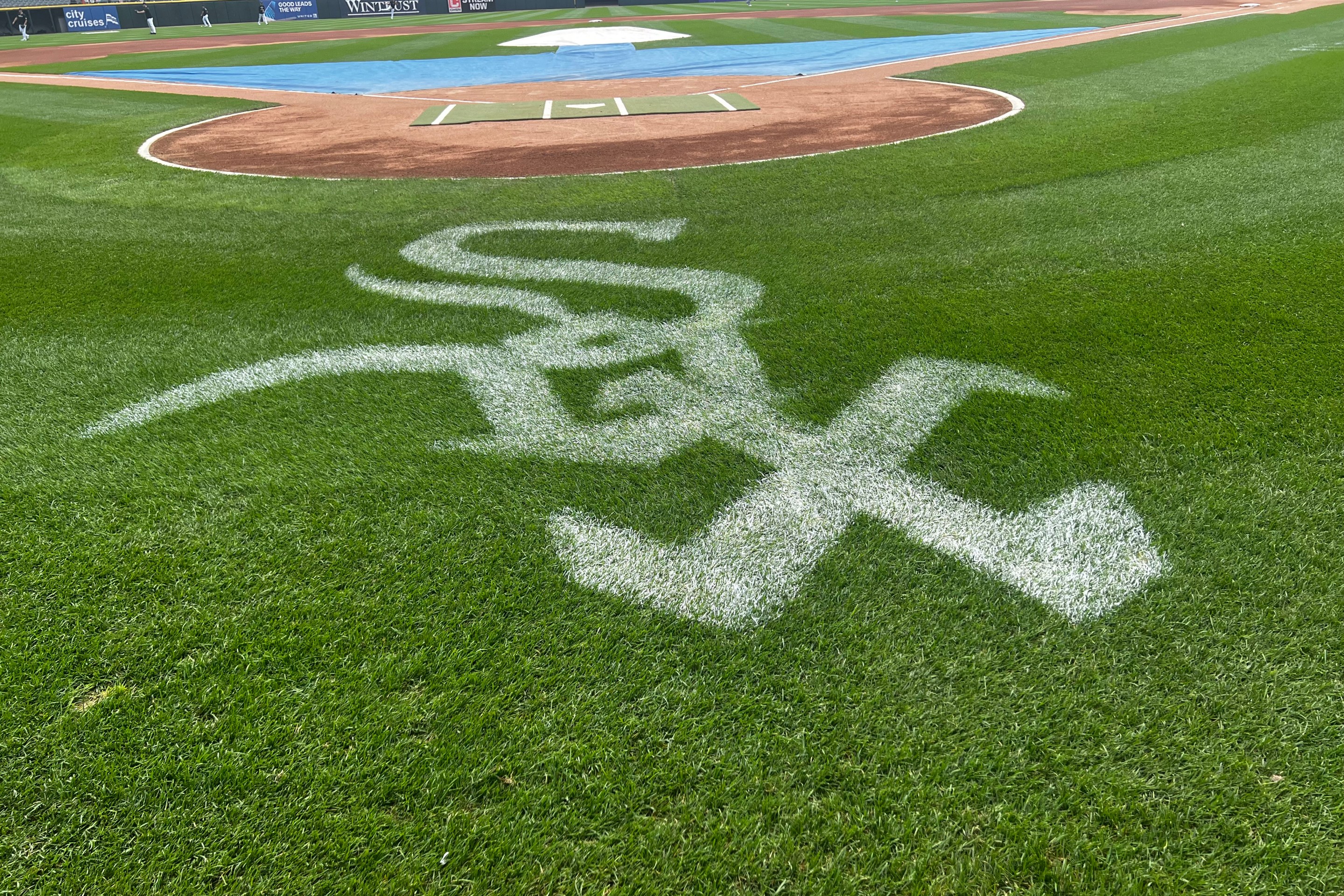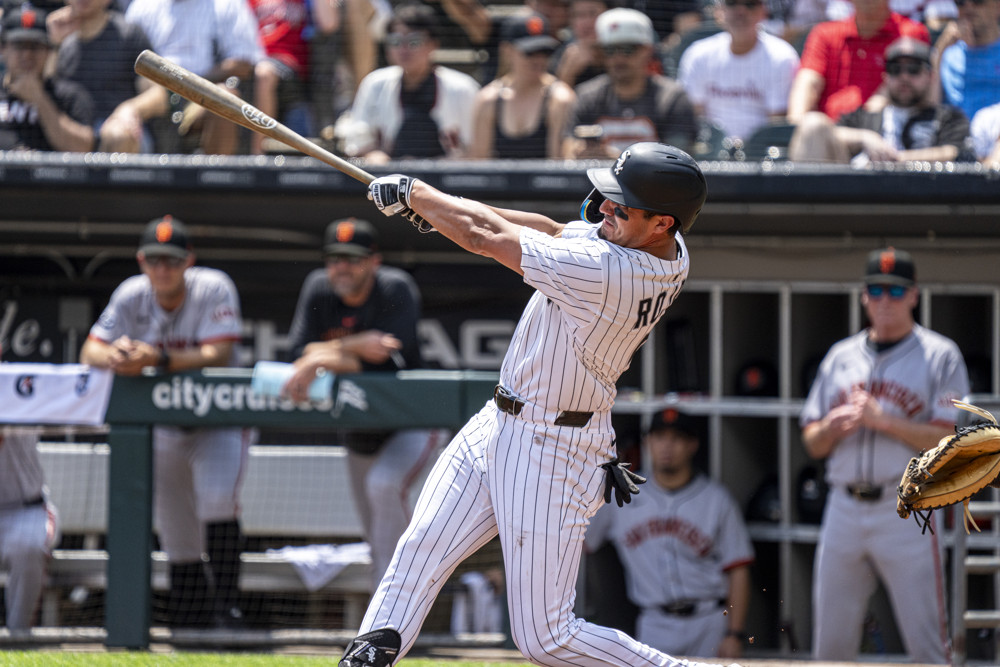Back before Keynan Middleton opened fire on the White Sox organization, I started on a series examining how the White Sox's first three deadline trades neatly summarized significant reasons why their window closed early. Lucas Giolito and Reynaldo López were sent out first, and while they each had success in their White Sox careers, they were seldom effective at the same time. Now it's Lance Lynn's turn.
The trade that brought Lance Lynn to the White Sox in December of 2020 was a correction of the trade that brought Jeff Samardzija to the White Sox in December of 2014.
In both cases, the White Sox acquired a postseason-grade starter to bolster their rotation, and maybe a little bit of veteran brusqueness, with one year remaining on his contract. Yet in every area surrounding the trade, the White Sox improved upon their previous work.
Contention window: Whereas the White Sox traded for Samardzija to jump-start a 73-win team, Lynn was brought in to address the starting pitching shortage that caused problems in the Wild Card Series against Oakland.
Track record: Samardzija had one All-Star-type season before the White Sox acquired him, whereas Lynn was coming off two seasons that merited Cy Young consideration.
Cost: The White Sox sent Marcus Semien, Chris Bassitt, Josh Phegley and Rangel Ravelo to Oakland for Samardzija and Michael Ynoa, while Lynn required only one MLB-ready player in Dane Dunning, and a lottery ticket in Avery Weems.
Relationship goals: The White Sox desperately tried to make Samardzija a sensation by playing up his Northwest Indiana roots and establishing a fan section before knowing if he had fans, whereas the White Sox let Lynn establish himself on his own terms.
Amenability: Samardzija had no interest in taking a hometown discount. In fact, he was a staunch union guy who was intent on taking the quickest possible route to free agency. Lynn ended up signing an extension at the start of the second half of his first season.
That contract was a big deal, not just for the fact that they'd have the services of the then-ERA leader for at least two more seasons, but because the Sox actually showed an understanding of how to close a deal, in part by making themselves an attractive place to stay. Lynn said in the media conference announcing the extension, “There’s no point in going into free agency if you know where you want to be.”
I nailed the maximum value of Lynn's extension a month before he signed it, and I was pretty proud of that. But looking back at my attempt to contextualize Lynn's extension, I got the future pretty wrong. Namely, this sentence:
This has the makings of an inflection point in the White Sox’s
rebuildascent.
It turns out the inflection point happened when the White Sox traded for Lynn, because that was the last move they made that really transformed the direction of their team. From that point on, the White Sox took a conservative approach in augmenting their roster. Most of the pitchers were brought in to protect leads already established; the position players were supposed to be less bad than the guys they replaced. None of the moves attempted to reimagine the core, or simply add to it.
- Signed Adam Eaton
- Signed Liam Hendriks
- Signed Carlos Rodón
- Traded for César Hernández
- Traded for Ryan Tepera
- Traded for Craig Kimbrel
- Signed Kendall Graveman
- Signed Leury García
- Signed Joe Kelly
- Signed Vince Velasquez
- Traded for AJ Pollock
- Traded for Reese McGuire
- Signed Johnny Cueto
- Traded for Jake Diekman
- Signed Mike Clevinger
- Traded for Gregory Santos
- Signed Andrew Benintendi
There are a few deals that count as spectacular successes -- Rodón and Cueto, and Clevinger's on his way to joining them -- but they were also gone after a year, and Clevinger will be, too. The Sox stuck to small, hedged bets on the fringes of the roster, and the payout can only be so great. The bulk of them didn't make a mark.
Even the one landmark signing on this list only registers as such by the White Sox's squeamish standards. Benintendi himself thought it was weird that he would receive any team's largest-ever contract, and sure enough, he's a remarkably inconsequential $75 million man.
That Benintendi contract happened because the White Sox fixate on floors. At least the surface of them. They may not know that subfloors are necessary.
The Lynn trade was the last time Rick Hahn actually tried to raise the ceiling. And it worked -- until it stopped working. But at least the White Sox were able to reap some benefits from actualizing aspirations, which in this case was a third-place Cy Young finish for a division-winning team. When Lynn's body started failing him, the slow collapse began, because the Sox didn't see a need to make other load-bearing additions.
It's fitting that Lynn finished his White Sox career with a 100 ERA+, which is exactly average. He had a huge head start with a 163 ERA+ in 2021, and the next two years nullified all of that immediate progress. He should've meant more, and some gripes have emerged about Lynn's attitude as the ship started sinking, but you can't say he didn't warn you.
The White Sox could have insured themselves against Lynn's less-flattering tendencies by doing more, but the opportunity to raise their ceiling passed them by. Now they're back to re-examining the foundation, and with the same engineers who should've lost their licensing.
